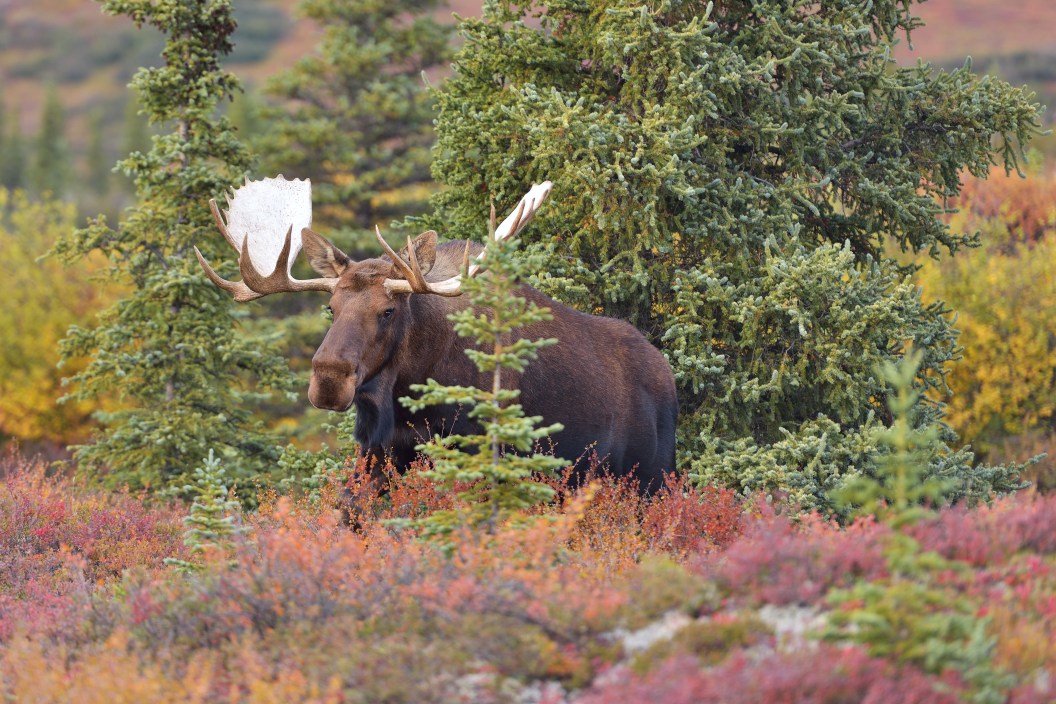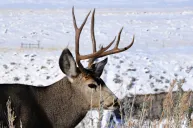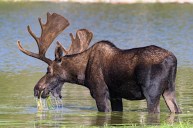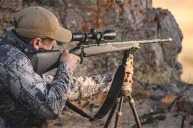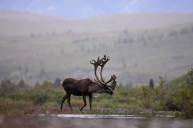As the largest state in the United States, Alaska is known for its ample public land, its remoteness—only 20 percent of the state is connected by road!—its natural beauty, and its plentiful wildlife. A visit to the Last Frontier is any sportsman's dream and with good reason. The state is known for its legendary fishing, with massive salmon runs in the rivers, trophy trout in its lakes, and huge halibut just offshore. There are also endless opportunities for hunting, with big game hunts available for caribou, brown bears and black bears, and Dall sheep. One of the most sought-after animals, both for the quality of the hunt and the quantity of meat, is moose.
Ranging throughout the state, Alaskan moose range from 800 to 1,200 pounds. The biggest trophy bulls are typically found in the western half of the state, but trophy-class animals can be found anywhere in Alaska. Moose are highly prized for their meat, and Alaskans proudly fill their freezers with everything from steaks to burgers every year. The Alaska Department of Fish and Game (ADFG) says that over 7,000 moose are hunted each year by both Alaska residents and nonresidents, resulting in about 3.5 million pounds of meat.
Like most states, Alaska makes it a little more difficult for nonresidents to hunt moose. But, the extra effort and hoops to jump through are well worth it if you can bring home a trophy bull moose on your next trip north. We've compiled all of the need-to-know information for your Alaska moose hunt.
Where to Go Moose Hunting in Alaska
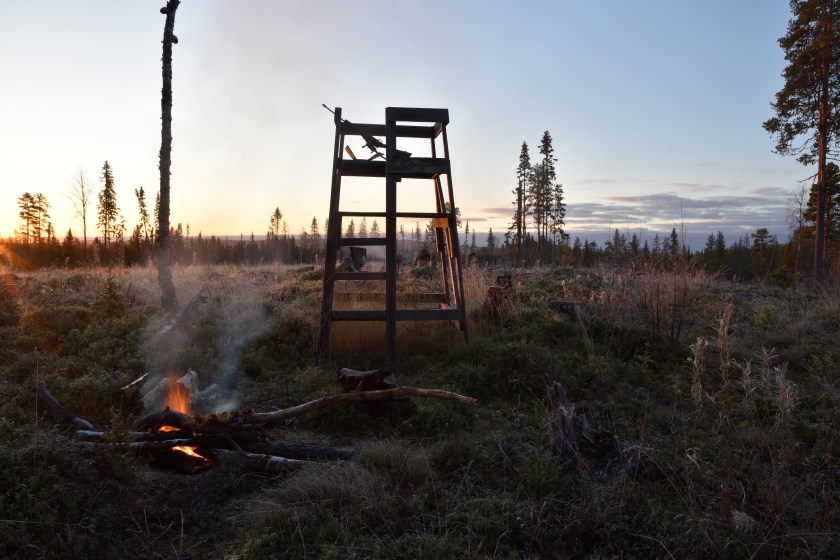
Getty Images, LOJ5407
While moose are found throughout Alaska, some areas are more productive for moose hunting than others. The state of Alaska is divided into different hunting areas called Game Management Units (GMU). As in any state, the hunting success rates in Alaska vary from GMU to GMU. If you choose the right area, however, the odds are good that you'll bag a moose; in some GMUs, harvest statistics show an incredible 50 to 60 percent of moose hunters tagging out on their moose.
Besides picking a GMU that is productive, you'll also want to look at access. Because only 20 percent of the state of Alaska is connected by road, a lot of the GMUs require bush or float planes, boats, or hiking to access. While the western half of Alaska is known for its trophy bulls, this part of the state is largely off the road system and can be difficult and expensive to get to. If you're looking for a hunt with fewer logistics, look at GMUs around Fairbanks, Anchorage, and Kenai, all of which are larger towns and have plenty of flight services that can help you get deeper into the backcountry.
When is Moose Hunting Season in Alaska?
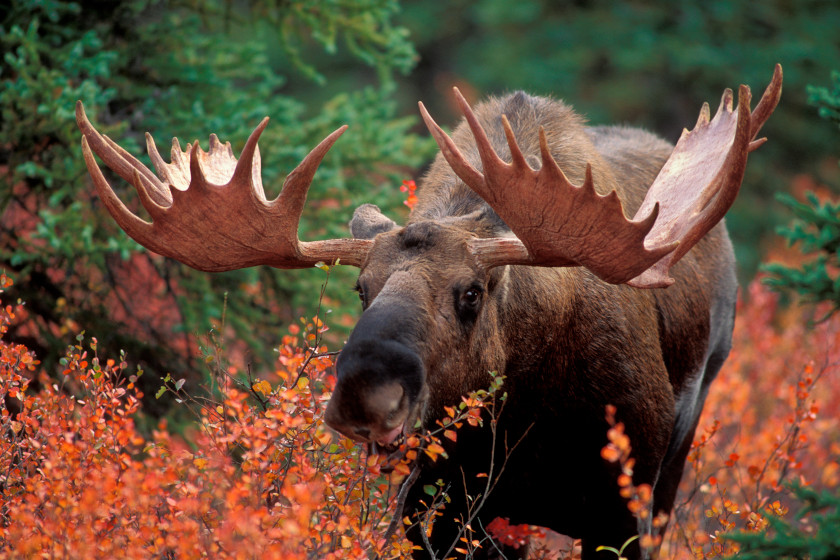
Getty Images, RONSAN4D
The Alaska moose season is short and sweet, centered around the rut. Depending on the GMU, non-resident hunters can expect to begin their chase for a moose in the early part of September to mid-October. The rules can be confusing, so make sure to check out Alaska's full moose hunting regulations to determine when you can plan your hunt.
How Much Does an Alaska Moose Hunt Cost?
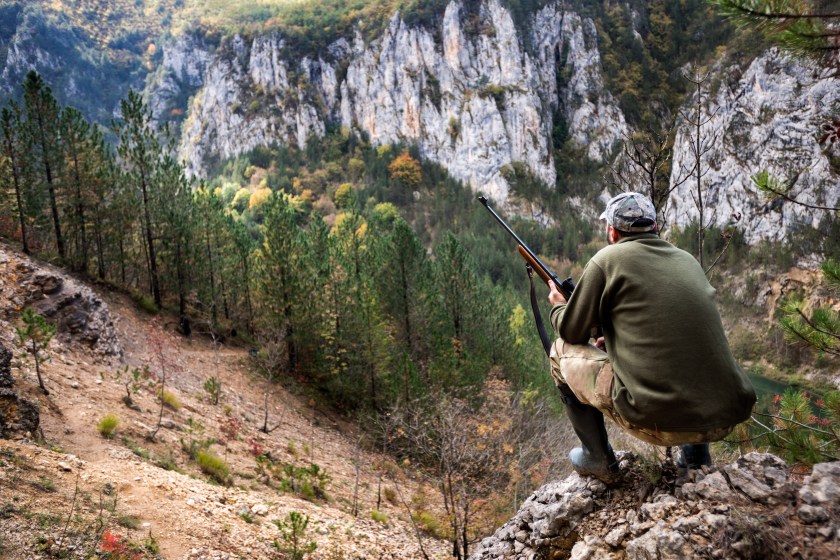
Getty Images, Predrag Vuckovic
According to the ADFG, a non-resident moose tag costs $800. Compared to the non-resident muskox bull tag, which is $2,200, the moose tag is a bargain. The non-resident fee for an annual hunting license in Alaska is $160. So, for a nonresident moose hunt, there is a minimum fee of $960 just in regulatory fees.
That's no small chunk of change, but getting an Alaska moose tag is probably the easiest bull moose tag to get in North America. Most moose hunts in the lower 48 are strict draw-only tags, and your odds of getting one are not good. Some hunters have been waiting decades in their home states with no success. Alaska, with a far higher moose population than the Lower 48, has much more accessible moose tags.
Other than licenses, moose hunters will also have to pay to ship their meat back to their home state, which could cost as much as $500 per Alaskan moose.
Should You Do a Guided or Unguided Alaska Moose Hunt?
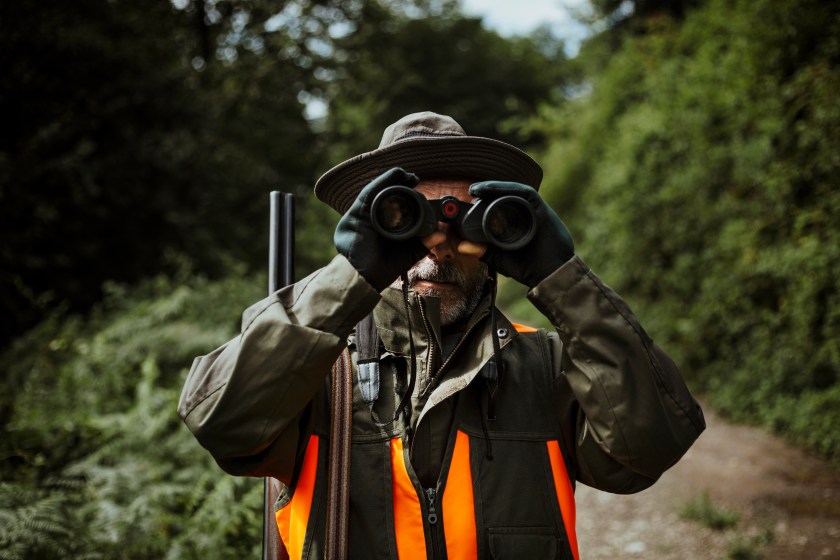
Getty Images, [email protected]
Guided Alaska Moose Hunt
Unless you have a lot of Alaska experience, it is recommended you use an outfitter for a guided moose hunt. It's important to note that people who are not citizens of the United States don't have a choice and must be accompanied by a licensed guide to hunt bull moose in Alaska.
While the extra cost of a guided hunt may seem unnecessary, it is your best chance at bagging a bull. Alaskan guides and outfitters have been helping hunters to fill their tags for generations. They know where to go, what regulations to follow, and how to best find moose. Alaska is an enormous state, with a lot of remote areas. Using a guide service for your moose hunting trips ensures that you have access to the right places (most include bush flights) and that you stay safe while in the backcountry. Alaska is infamous for its harsh weather, even in the summer, and it's a place where it is very easy to get in over your head if you are not familiar with the state. Guides can also help you identify legal animals, which can be difficult if you are unfamiliar with moose, and ensure that you are hunting a trophy bull moose.
Make sure you are booking early to ensure you get the GMU you want. Most guide services will also book out far in advance, so the earlier you can plan a trip, the better.
Unguided Alaska Moose Hunt
Unguided moose hunts should only be undertaken by sportsmen with previous Alaska experience. Many unguided hunts can also be done under the supervision of an outfitter, which may allow you to take advantage of a guide's base camp. You'll still have to provide all of your own equipment, and will largely be on your own. If you go this route, read the fine print on an outfitter's website carefully, and be ready to call them and ask additional questions about the logistics of the trip.
If doing an unguided hunt while still under a hunting guide or outfitter, you'll also have access to the knowledge that the outfitters, as veteran moose hunters, have. They will be able to give you some important tips that may up your odds of success in bringing home a trophy bull moose.
Also, keep in mind that non-residents are allowed one bull moose with antlers that have four or more brow tines, or a 50-inch spread between antlers. Be sure to research how to judge a moose before you go. For most larger specimens it may seem obvious, but if you've never seen a moose in person before, the size of these animals may surprise you.
READ MORE: What To Do If You Encounter an Elk, Moose, or Other Large-Hoofed Animal
